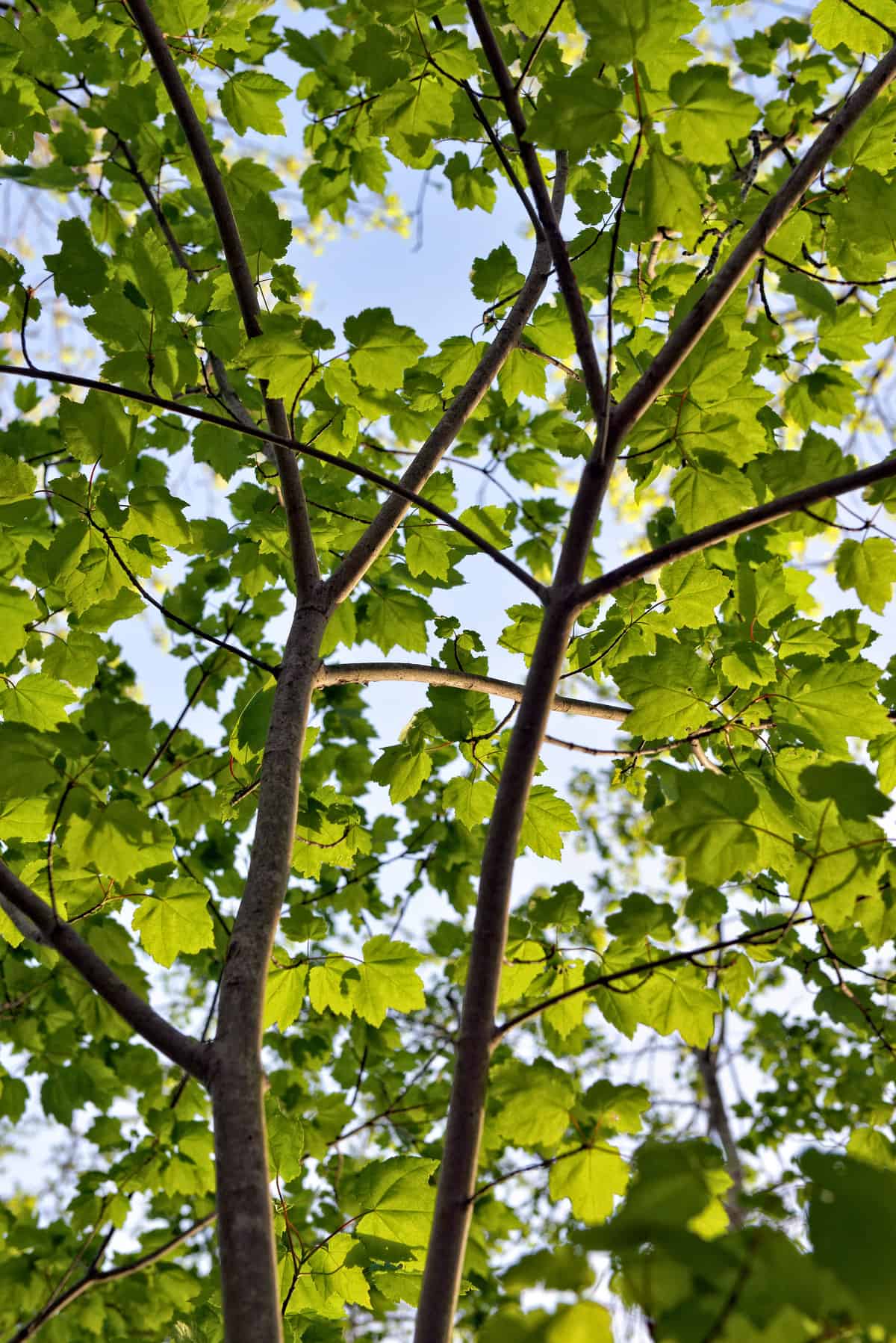(JTA)—Trees have stories, and Israel’s trees have lots of stories. Scattered throughout the country, scores of ancient and historic trees help shed light on fascinating aspects of Israeli history, from the biblical to the modern, that are often overlooked by the average tourist.
As we have just celebrated Tu b’Shvat —the new year for the trees on the Jewish calendar that this year fell on Feb. 10— now is the perfect time to visit some of these magnificent trees.
The five trees below, all easily accessible, are worth seeking out on your next tour of the Jewish state. They’re a mixed lot—some are associated with famous figures, others are impressive in size, some are just plain old — but all are worth checking out.
Baha’u’llah’ s Grove
The Baha’i Gardens complex is the most widely recognized landmark in the city of Haifa—it’s also a World Heritage Site. The extensive complex of buildings, terraces and gardens was developed in stages, beginning with a simple, one-story building in 1909 to the completion of the site in 2001.
This monumental project began with a simple stroll. In 1891, the founder of Baha’i, the religious leader Baha’u’llah, and his son ascended a mountainside near Haifa and, as the story goes, the two men walked until they came to a clump of cypress trees. There, Baha’u’llah pointed out to his son the site that would serve as the permanent resting place of the Bab, the prophet who heralded the arrival of the Baha’i faith. He declared his mission in Persia in 1844, but because of his religious teachings he was executed there in 1850, at the age of 31. The Bab’s remains were brought to the Holy Land in the late 1890s and permanently laid to rest on Mount Carmel in 1909.
This resting place—the Shrine of the Bab, at the center of meticulously maintained gardens—is a major pilgrimage site for Baha’i worldwide. Nine terraces have been landscaped above and nine terraces prepared below. The original clump of cypress trees can still be plainly seen today, little changed as they appeared m o r e than 100 years ago. They are a reminder of the place where the founder of the Baha’i religion stood and first designated the location of this magnificent site.
Einstein’s Palm
The Technion-Israel Institute of Technology is an internationally recognized institute of higher education located on a sprawling campus at the edge of Haifa. Few realize that the original institution began in the Hadar neighborhood, in midtown Haifa, at the beginning of the 20th century. Its aim was to foster scientific and technical education in the region. The impressive original building in which the Technion began now houses the Israel National Museum of Science, Technology and Space.
In 1923, Albert Einstein and his wife, Elsa, visited the Technion, which was still a work in progress at that time. In honor of the visit, they were invited to plant two palm trees, which still flank the original building. In 2007, Lokey Park was on the new Technion campus on Haifa’s outskirts, and the tree-planting tradition was renewed: Visiting Nobel laureates like the late Elie Wiesel have been invited to plant a tree in the park, as was the late Israeli President Shimon Peres.
A visit to Einstein’s palm helps unveil the story of this institution and the important part it played in the development of the country.

